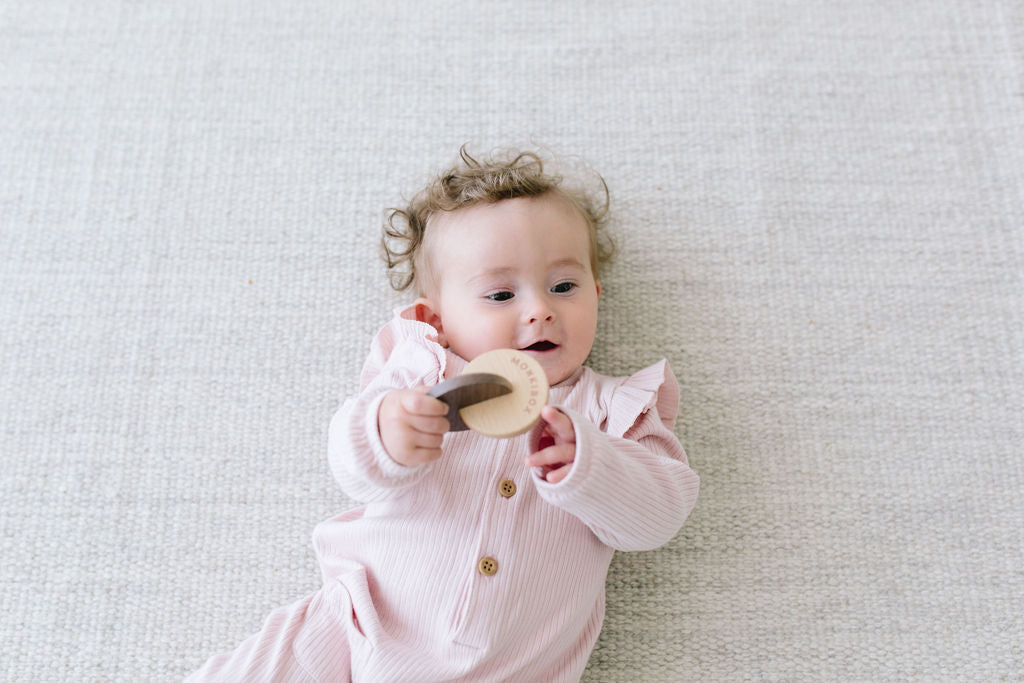Everyone loves playing with blocks. Think about it this way: who doesn’t love Jenga? Jenga is, in a way, blocks. Even as adults, blocks never fail to entertain us.
Blocks have been around for centuries, yet, surprisingly, they are just as popular and even more important than before.
Not only are they super fun, but they are also really beneficial for children and truly aid their development and growth.
What are the benefits of playing with blocks?
Playing with blocks is one thing every parent must involve their child in. They develop a child’s problem-solving skills and improve their attention span, enhance their focus, develop mathematical skills at an early age, power their social skills, and kickstart their personal skills.
How does block play affect children’s focus?
Using blocks directly supports the connecting play schema, which develops their ability to examine how things connect, their motor skills, their understanding of cause and effect, and their spatial awareness.
As children start playing with blocks, they put their entire focus into what they can build using the blocks. As a result, they unlock their creativity and unleash their imagination, and as they do so, the children become truly free and can direct all their focus toward what they can build out of the bunch of blocks in front of them.
How do blocks affect children’s social skills?
You may find it weird that blocks can improve children’s social skills, but they do. Blocks naturally attract children; they communicate with other children through block play and taking turns.
They start developing friendships, and, even at some point, they can take those skills to the next level and totally brag about what they build with the blocks!
How can block play help in understanding mathematical concepts prematurely?
As children use blocks, they develop a better understanding of shapes, weights, sizes, measurements, numbers, symmetry, balance–you name it.
They understand the dimensions of the shapes, deduce how symmetrical or asymmetrical two shapes can be, process how the same shapes can have different sizes, and more.
It’s not a technical understanding of mathematics per se, but rather a more subconscious one: they subconsciously understand that Block A doesn’t fit in this place, but Block B does and that Block C is heavier than Block D.
How can block play develop a child’s problem-solving skills?
How block play majorly develops a child’s problem-solving skills is quite simple. It’s a matter of simple questions: “Okay, how do I build this?” “How can I reach the goal I have in mind?”
They have a starter bunch of blocks and want to turn them into a whole building; how can they do that? They have two buildings and want to connect them; what’s the best way to do so?
How do I go higher? How do I go bigger? How do I connect?
All of these questions roam a child’s mind as they play with blocks and try to unveil how they can achieve all of their momentarily dreams through them. In answering those questions, children develop problem-solving skills that stay with them for a long time.
What are the physical benefits of block play?
Children who focus on blocks and how to use them are more aware of the space around them and learn how to coordinate their moves better. As they put the focus into action, they work on developing their hand-eye coordination and how they move blocks and build using them.
Not only does it help improve their coordination, but it also strengthens their arm muscles. Overall, their gross (responsible for significant movements) and fine (liable for smaller movements such as fingers and hands) motor skills are improved.
Looking at the bigger picture, blocks are way more beneficial for children than one might think: they help them develop both physically and mentally, and isn’t that, at the end of the day, what we all want for our loved ones?
Discover more articles about Montessori toys and how they can help develop your children.






